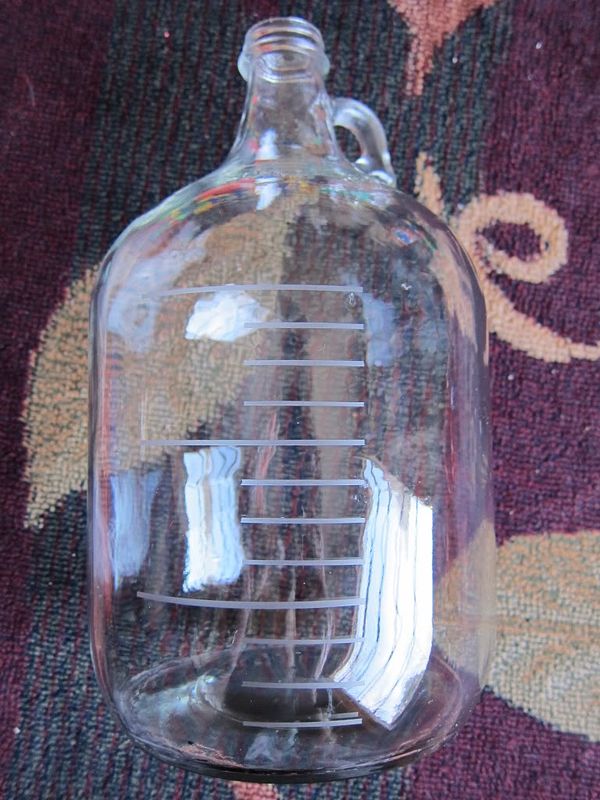kcbrewmeister
Well-Known Member
- Joined
- Dec 27, 2011
- Messages
- 71
- Reaction score
- 0
When decanting a yeast starter should the starter be allowed to do its thing for two or three days and then put it in the fridge to let all the yeast settle at the bottom? How long should the starter sit in the fridge to allow it to settle? Also can the excess beer just be poured out or should a siphon be used?



